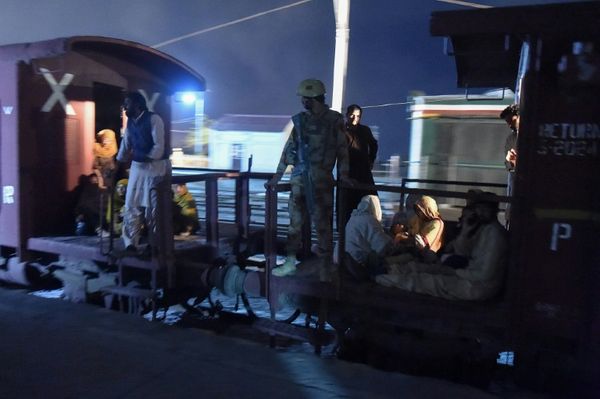LOS ANGELES — Los Angeles County on Thursday announced its first suspected case of monkeypox while stressing the health risks of the disease are still low.
“The patient is an adult resident who recently traveled and had a known close contact to a case. Although the patient is symptomatic, they are doing well and not hospitalized. They are isolated from others,” county health officials said in a statement. “Public Health is continuing to investigate and conduct contact tracing and post-exposure prevention for close contacts.”
California marked its first suspected case last week, in a person in Sacramento County. The person, who recently traveled to Europe, is isolating at home and isn’t in contact with other people, officials said at the time. The case was later confirmed by the Centers for Disease Control and Prevention. Since then, two close contacts of the original patient have contracted the disease.
Officials have been trying to tamp down concerns about monkeypox, with the U.S. recording relatively few cases so far. The U.S. cases come on the heels of clusters of monkeypox infections in Europe — most notably in Portugal, Spain, Britain and Belgium.
Officials emphasize that monkeypox can affect anyone, including healthcare workers and family members caring for those sick with the illness.
Many of the people infected in the current global outbreak identify as gay or bisexual, experts said. While one World Health Organization expert suggested in an interview with the Associated Press that the recent spread may have been associated with sexual behavior at two raves in Spain and Belgium, some cases may have preceded those events.
Some of those believed to have monkeypox in the United States had traveled at the end of April and showed their first symptoms in early May.
Monkeypox is nowhere near as contagious as COVID-19 or other respiratory illnesses. Among humans, it can be transmitted through sustained skin-to-skin contact with someone who has an active rash.
It’s also plausible that it can be transmitted through respiratory droplets among those with lesions in their mouth and throat who are around another person for an extended period of time. But spread of monkeypox through the air is not thought to be a major source of transmission.







